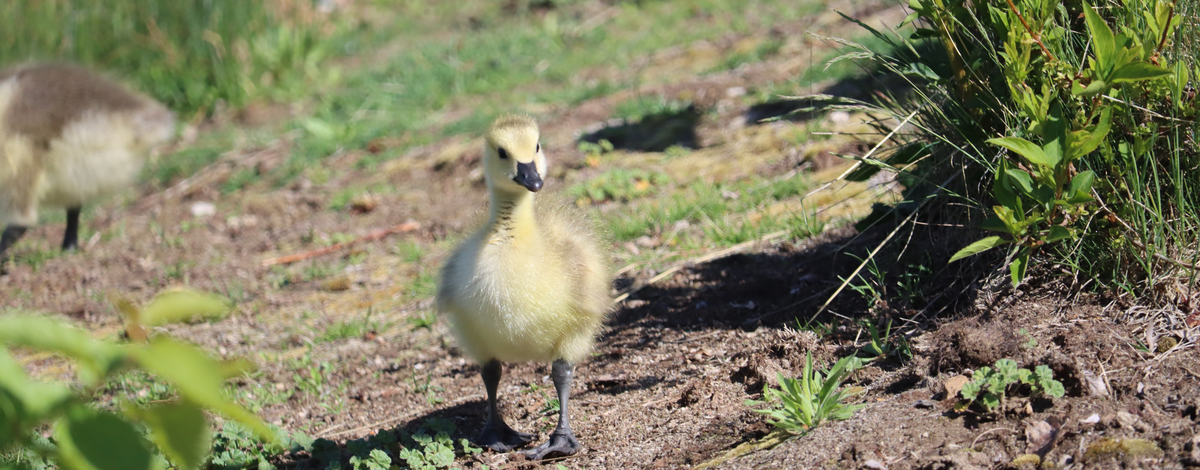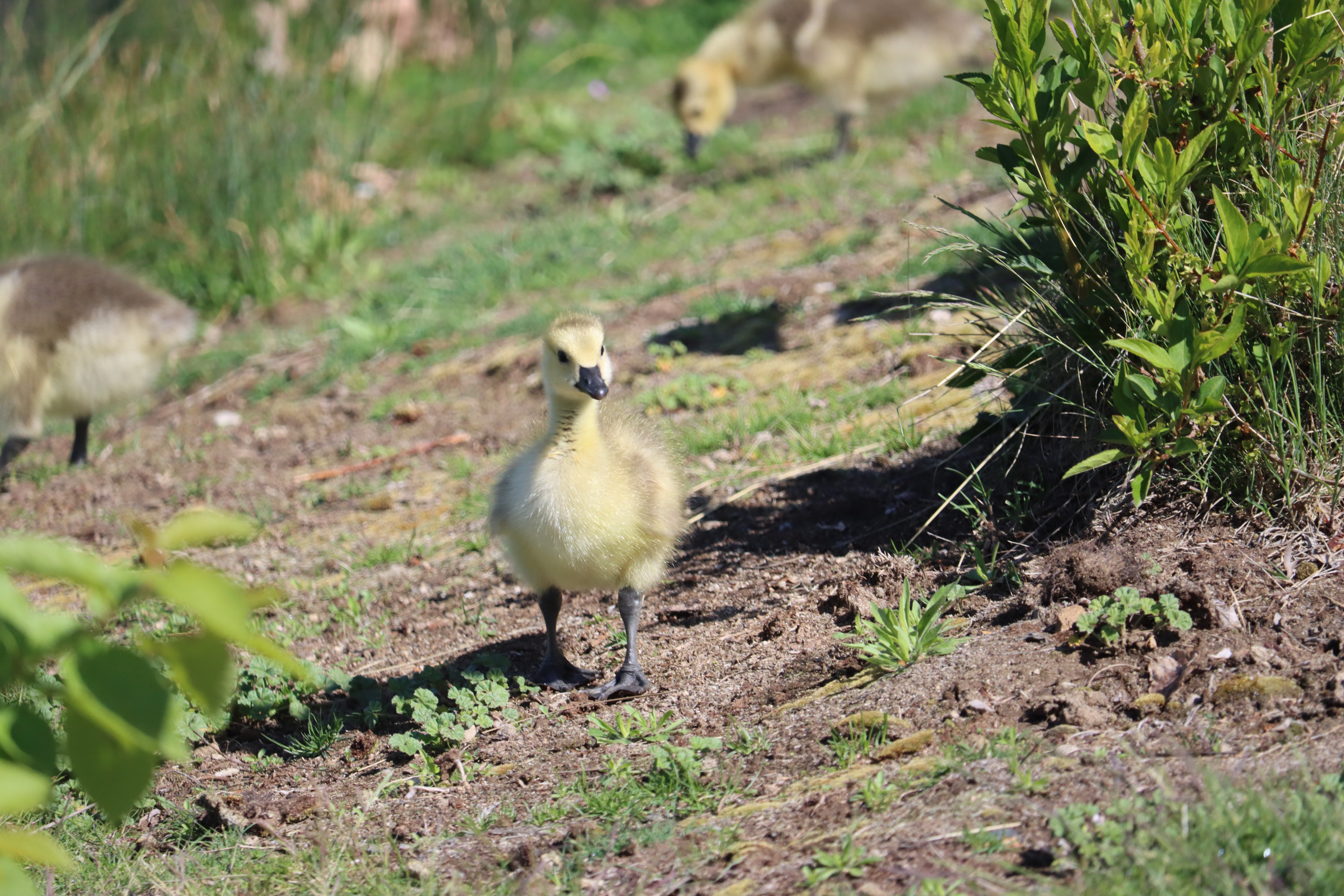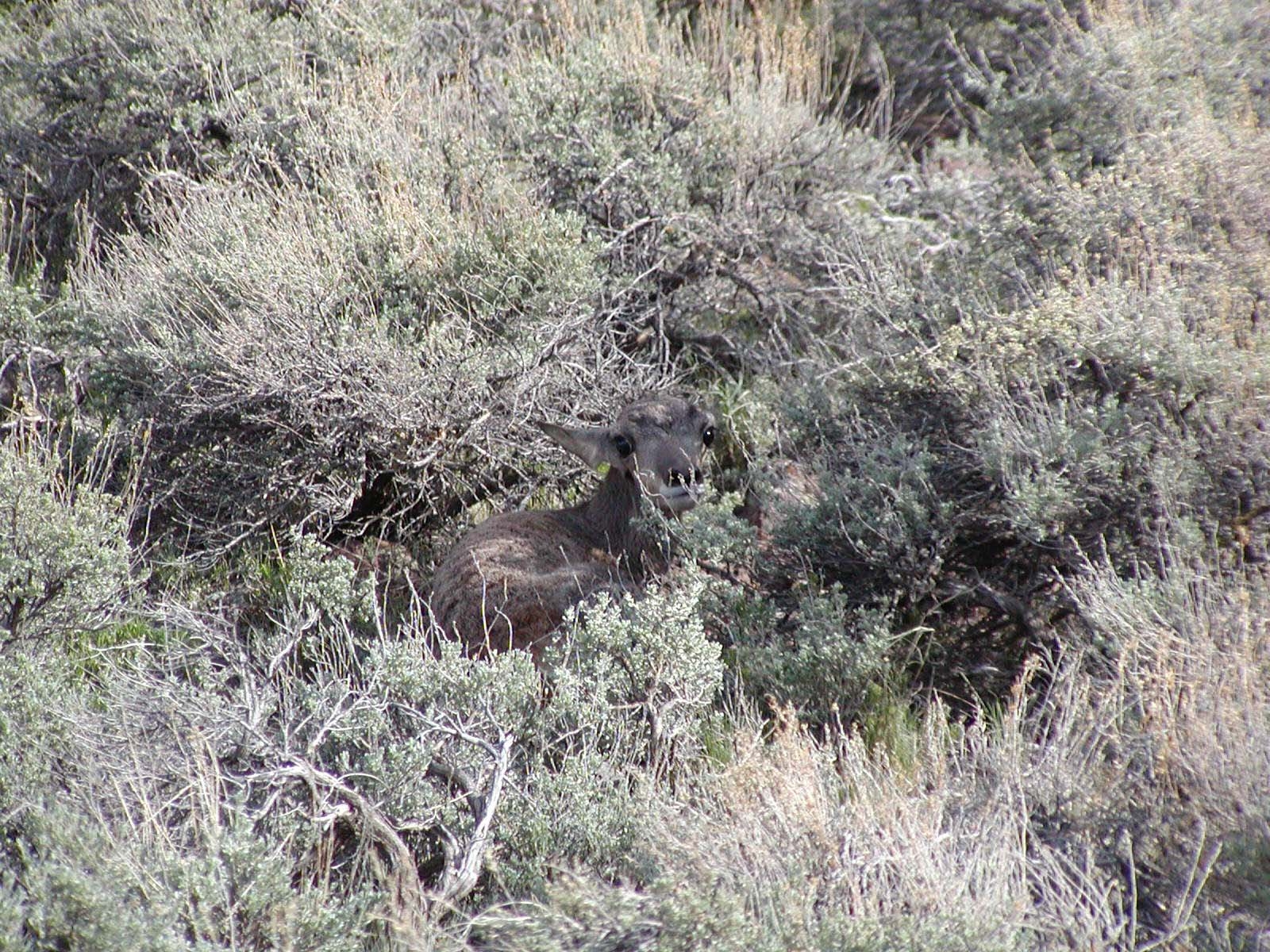It's officially spring, folks. And that means the peak of baby wildlife season is in full bloom. And it doesn't matter whether you're a backwoods hunter, hiker, bird watcher or sidewalk stroller: People are bound to see young wildlife when they venture outdoors during the spring and early summer. And there is a pretty good chance that they will see a baby animal—including goslings, ducklings, and fawns—that appears to be alone, with mom nowhere in sight.
While a well-intentioned human’s first instinct might be to rescue these adorable, fuzzy, and seemingly helpless creatures, Idaho Fish and Game has a simple suggestion to people who discover baby animals that appear to be abandoned: The best thing you can do for them is to leave them be.




